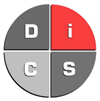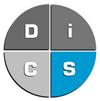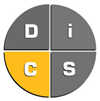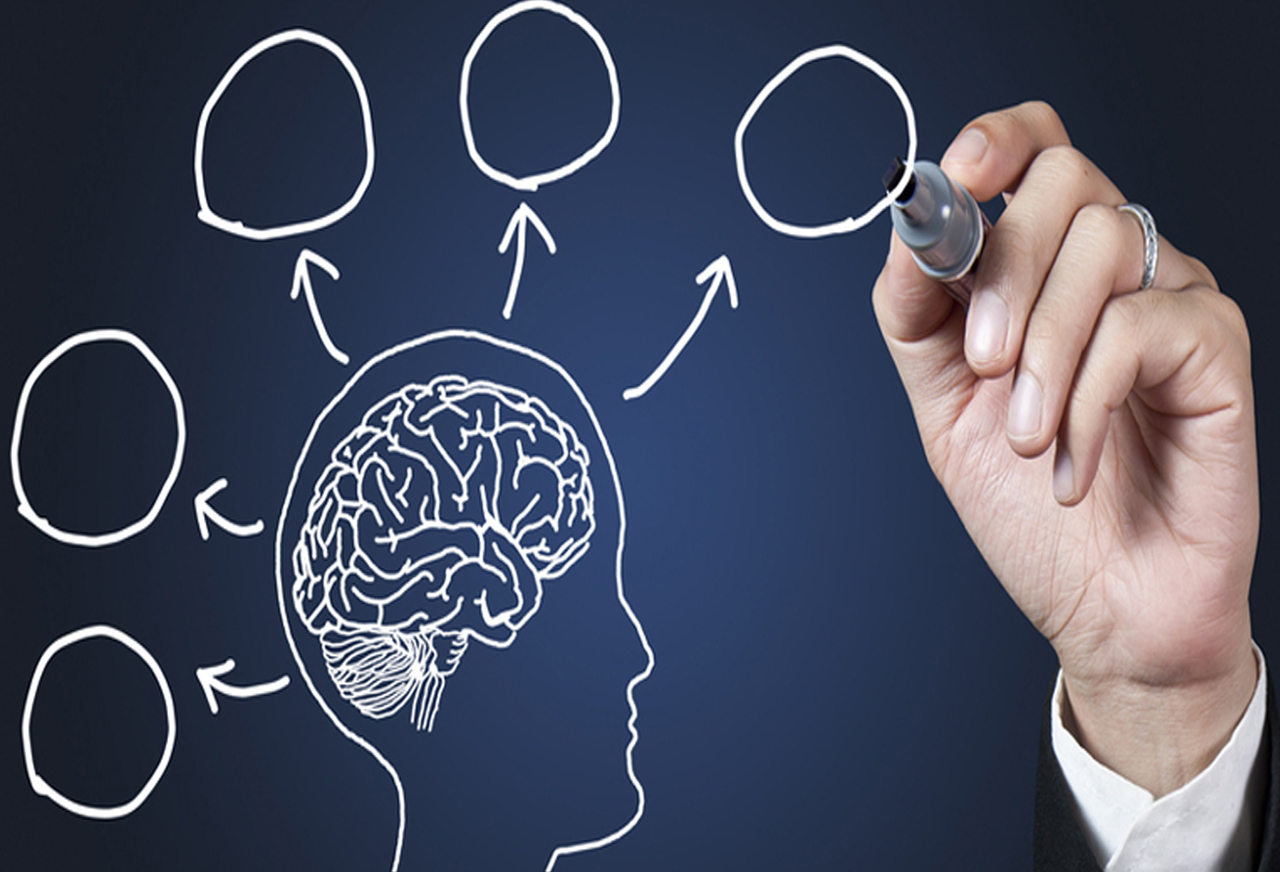Psychometry and How It Is Applied in Career Aptitude Tests
Over the years, a group of most experienced psychiatric counsellors and career consultants developed tests to know an individual’s hidden capabilities and limits, those we all know by the term of CAT (Career Aptitude Test) in the present era. Though it is not as evident in the way as it is presented, these tests are formatted directly focusing on a person’s mental and psychological aspects, vigorously putting them in complicated and confusing situations to see their immediate response, calculating the final outcome based on the derived reaction stimuli. Modern world CATs as we know them includes some or all of the following types of assessments:
1.Caliper Profile
The Caliper Profile is an employee and applicant assessment instrument built to accurately measure an individual’s job-performance potential. It consists of a few different types of questions, the most common type being a series of statements where an individual’s task is to decide which statement best aligns with the given viewpoint. This test is used to support hiring, employee development, team improvement, talent alignment, and succession planning. This is one of the best scientifically validated tool that exceeds the assessment industry’s standards for accuracy, a proven 50-year history of helping companies hire and develop top performers. There can also be questions that require one to identify the statements that least reflect the individual’s point of view, along with true/false questions and multiple-choice questions to answer using a “degree of agreement” scale, ranging from “strongly agree” to “strongly disagree.” The Caliper Profile differs from other personality tests in that it examines both positive and negative qualities, thus providing the full picture of a candidate.
2.Career Ability Placement Survey (CAPS)
This is one of the few time-limited tests that actually have right or wrong answers, with the questions formatted in a way that truly tests the candidate’s knowledge in eight different areas ranging from Verbal Reasoning to Mechanical & Spatial Reasoning & Linguistics. Just like a standardized school test, the more answers one receives in a topic, the lesser presence of knowledge in that area is measured in the said individual.
3.DiSC Behavior Inventory
The DiSC profilepublished by Wiley, is a non-judgmental tool used for discussion of people’s behavioral differences. This four-style behavior model is the oldest style of personality test; it has been around since the time of Hippocrates, around 400 B.C. If you participate in a DiSC program, you’ll be asked to complete a series of questions that produce a detailed report about your personality and behavior. You’ll also receive tips related to working with people of other styles. The DiSC is an extremely user-friendly test, and it is significantly shorter than other tests, ranging from 12 to 30 questions. Candidates are provided with adjectives or phrases and asked to choose which they feel applies to them the most and the least, based on the following classifications:
- Dominance
Person places emphasis on accomplishing results, the bottom line, confidence
Behaviors – Sees the big picture – Can be blunt – Accepts challenges – Gets straight to the point

- Influence
Person places emphasis on influencing or persuading others, openness, relationships
Behaviors – Shows enthusiasm – Is optimistic – Likes to collaborate – Dislikes being ignored

- Steadiness
Person places emphasis on cooperation, sincerity, dependability
Behaviors – Doesn’t like to be rushed – Calm manner – Calm approach – Supportive actions

- Conscientiousness
Person places emphasis on quality and accuracy, expertise, competency
Behaviors – Enjoys independence – Objective reasoning – Wants the details – Fears being wrong
P.S. Even being one of the most popular career personality tests used by many companies, the DiSC is considered a temperament assessment, not a pre-employment assessment. It is an ipsative test, meaning scores are not normalized against other candidates.
4.Hogan Personality Inventory (HPI)
This test was originally developed in the 1980s on a socio-analytic context, but in the modern world it is mostly used to predict job performance. Normed on more than 500,00 candidates worldwide and validated in more than 20 occupations, it is proven to be a consistent and reliable evaluation tool that measures an individual’s temperament and how suitable it is for a given role. The HPI is based on a five-factor model, consisting on 206 true/false questions that must be answered in around 15-20 minutes, evaluating seven primary scales (Adjustment, Ambition, Sociability, Interpersonal Sensitivity, Prudence, Inquisitive & Learning Approach) and six secondary scalesService Orientation: attentiveness and courteousness toward customers,Stress Tolerance: composure, calm under pressure, Reliability: honesty, positive organizational citizenship, Clerical Potential: self-discipline, meticulousness, and the ability to communicate clearly, Sales Potential: energy, social skills, and the ability to solve problems for customers, Managerial Potential: leadership ability, planning, and decision-making skills), in addition to possessing 42 sub-scales. It is administered online with an instantaneous score report.
5.Myers-Briggs Type Indicator (MBTI)
The first scale measures how you focus your attention (introverted vs. extroverted), the second scale measures how you view things (sensing vs. intuitive), the third scale looks at your decision-making processes (thinking vs. feeling), and the fourth scale measures how you deal with the world around you (judging vs. perceiving). Depending on this theory, this test will focus primarily on which of the 16 personality types do you belong to, i.e. deriving whether you have an ESTJ (Extraverted Sensing Thinking Judging), ISTJ (Introverted Sensing Thinking Judging), ENTJ (Extraverted iNtuitive Thinking Judging), INTJ (Introverted iNtuitive Thinking Judging), ESTP (Extraverted Sensing Thinking Perceiving), ISTP (Introverted Sensing Thinking Perceiving), ENTP (Extraverted iNtuitive Thinking Perceiving), INTP (Introverted iNtuitive Thinking Perceiving), ESFJ (Extraverted Sensing Feeling Judging), ISFJ (Introverted Sensing Feeling Judging), ENFJ (Extraverted iNtuitive Feeling Judging), INFJ (Introverted iNtuitive Feeling Judging), ESFP (Extraverted Sensing Feeling Judging), ISFP (Introverted Sensing Feeling Judging), ENFP (Extraverted iNtuitive Feeling Perceiving) or an INFP (Introverted iNtuitive Feeling Perceiving) personality type.
6.Occupational Personality Questionnaire or Saville Wave© (SHL OPQ)
This test developed by Saville & Holdsworth Ltd. and is primarily focused on the behavioral pattern of an individual in certain given work situations; it is made up of 104 questions that measure 32 different characteristics, evaluating the candidates in three main domains: Relationship with People, Thinking Style and Feelings, & Emotions. In each question, the candidate will be presented with a set of four statements, with an option of choosing the one that best describes them, and the one that least describe them. This test is scored on either a normative or ipsative scale and will always be in a multiple-choice format. The report for this test will evaluate a candidate’s competencies, personality preferences, and workplace behaviors.
7.Personality and Preference Inventory (PAPI)
The Personality and Preference Inventory (PAPI) was designed to reveal a person’s behaviors and preferences that can affect their suitability for various vocations or specific vacant positions. The test was originally designed by Max Kostick, Professor of Industrial Psychology at Boston State College, in the early 1960s. Since then, two versions of the test have been developed: the PAPI-I (iterative) for individuals and the PAPI-N (normative) for employers. The test takes around 15 minutes to be completed and has been used extensively for over 40 years. The latest version of this test – The PAPI 3 – measures 22 work personality dimensions divided into seven key areas. The seven key areas, which are divided into different work dimensions, are:
Engagement (Need to be upwardly supportive, Work focus), Impact & Drive (Need to achieve, Need to influence, Leadership role, Need to be noticed), Organization & Structure (Need to finish a task, Need for rules and guidelines, Attention to detail, Planner, Need to be organized), Interaction (Need to relate closely to individuals, Social harmonizer, Need to belong to groups), Work momentum (Need to be direct, Work tempo, Ease in decision-making) & Composure (Emotional restraint, Optimism, Core composure.)
8.Strong Interest Inventory (SII)
This test consists of multiple questions based on six broad areas: social (helping, instructing), investigative (researching, analyzing), conventional (accounting, data processing), artistic (creating or enjoying art), enterprising (selling, managing), & realistic approach (building, repairing). Depending on the choice of answers of an individual regarding various activities in the given fields, the tool derives suggestions on some general-interest areas and specific occupations she/he is able to work on.
9.Self-Directed Search (SDS)
Although shorter and quicker, the SDS test is structured around the same areas as SII and serves the same purpose in deriving the choice of interests of an individual.
10.Talent Q Personality Tests
Talent Q offers two types of personality tests: The Dimensions test which is timed at 25 minutes and the Aspects Styles a shorter version of the same test which is timed at 8 minutes. The two tests are similar in format but have different objectives. The questionnaires provide your employer with extensive knowledge about you. The results will dictate detailed results of your personality traits such as qualities to focus on in the interview, leadership and development potential, how you function in a team, style of work, compatibility with the organization’s culture and environment, sales skills & factors that can hinder promotions. The questionnaire is theoretically based on three dimensions, each with 5 qualities, for a total of 15 measured characteristics:
- People & Relationships: Communicative, Influencing, Socially Confident, Supportive, Consultative
- Tasks & Projects: Analytical, Conceptual, Creative, Methodical, Conscientious
- Drives & Emotions: Relaxed, Resilient, Flexible, Decisive & Action-oriented, Achievement-oriented
So, that is all for today’s knowledge on knowing Career Aptitude Tests, it’s a purpose and the types that you can come across while appearing for one. CATs till date has been proven to be the most effective of all career tests and interviews, giving you an option to choose wisely about the work you’d enjoy doing, and not making the mistake of going through a job-dissatisfaction.

